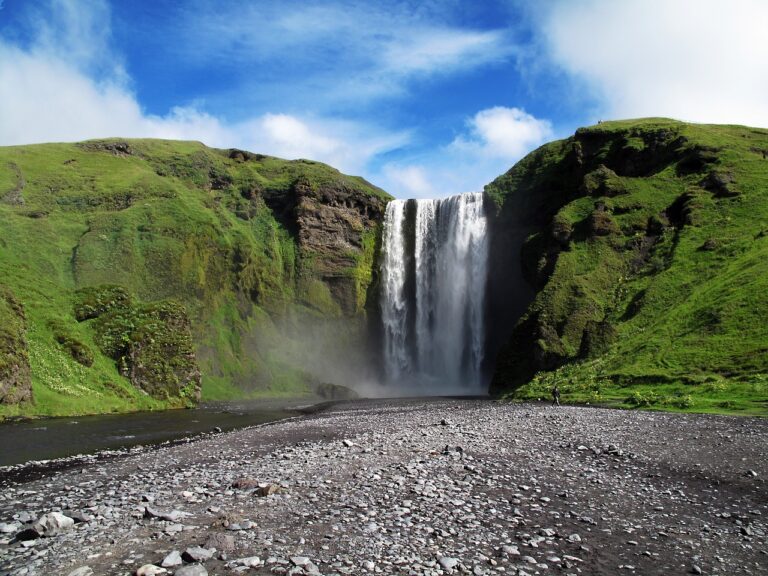How Is Lake Chelan so Deep?
Lake Chelan's remarkable depth of over 1,400 feet is a reflection of its complex geological history. Approximately 50 million years ago, tectonic plate movements sparked a series of events that shaped the lake's landscape. The plate's westward push triggered rifting, creating a depression that would eventually fill with water. Ancient glaciers carved out the basin's U-shaped profile, exposing bedrock and creating a steep-sided valley. Ongoing tectonic forces have maintained the lake's subsidence, allowing it to retain its exceptional depth. The story of Lake Chelan's depth is just the surface; delve further to uncover the intricacies of this natural wonder.
Unraveling Lake Chelan's Geological Past
Unraveling Lake Chelan's Geological Past
Approximately 50 million years ago, during the Eocene epoch, the North American tectonic plate's relentless westward push triggered a series of geological events that would ultimately shape Lake Chelan's distinctive landscape. This tectonic activity led to the formation of the Okanogan Valley, a narrow, east-west trending trough that would eventually become the lake's basin. As the plate continued to push, the Earth's crust was stretched and thinned, causing it to sag and form a rift valley. This process, known as rifting, created a depression that would eventually fill with water, forming Lake Chelan. The lake's unique morphology, including its remarkable depth, is a direct result of this complex geological sequence of events.
The Role of Ancient Glaciers
As the tectonic forces that shaped Lake Chelan's basin continued to evolve, the region was subsequently sculpted by a series of ancient glaciers that left an indelible mark on the lake's morphology. These glaciers, which advanced and retreated multiple times during the Pleistocene epoch, carved out the basin's U-shaped profile and created a deep, narrow lake. The glacial scouring process stripped away underlying rocks, exposing bedrock and creating a steep-sided valley. The weight and pressure of the glaciers also compressed the underlying rocks, causing them to fracture and creating pathways for water to flow. As the glaciers retreated, they left behind a lake with a unique morphology, characterized by its remarkable depth and narrow shape.
Tectonic Plate Movements Matter
Three significant tectonic plate movements have played a crucial role in shaping Lake Chelan's unique features over millions of years. The first movement, the continental rifting process, led to the formation of the Columbia River Basalt Group, which created the lake's underlying geology. The second movement, the collision of the North American and Juan de Fuca plates, caused the Earth's crust to buckle, creating the Cascade Range and Lake Chelan's deep trough. Finally, the ongoing plate movement has resulted in the lake's continued subsidence, allowing it to maintain its remarkable depth. These tectonic forces have sculpted Lake Chelan's remarkable landscape, setting the stage for the lake's exceptional characteristics.
Carved by Water and Time
Lake Chelan's remarkable landscape, shaped by tectonic forces, has been further sculpted by the relentless power of water and time, which have carved out a unique and intricate topography. Over millions of years, the lake's watershed has been eroded by glacial flows, rivers, and streams, creating a complex network of valleys and canyons. The constant flow of water has worn away the rock, exposing underlying geological formations and creating a distinctive U-shaped valley. As the lake's water level fluctuated, it etched a series of benches and terraces, providing a record to the region's dynamic geological history. This ongoing process of erosion and deposition has shaped Lake Chelan into the deep, narrow lake we see today.
Unique Landforms Shape the Lake
Beneath the lake's surface, an array of unique landforms, forged by the relentless forces of erosion and deposition, shape the lake's bathymetry. Submerged canyons, carved by ancient rivers, now serve as conduits for deep-water currents. The lake's floor is dotted with glacial erratics, transported by ice sheets and deposited as the climate warmed. These underwater features influence the lake's circulation patterns, creating areas of upwelling and downwelling that impact local ecosystems. The unique combination of tectonic, glacial, and fluvial forces has sculpted Lake Chelan's distinctive shape, resulting in an extraordinary depth of over 1,400 feet. This complex interplay of geological processes has created a lake of exceptional beauty and scientific interest.

